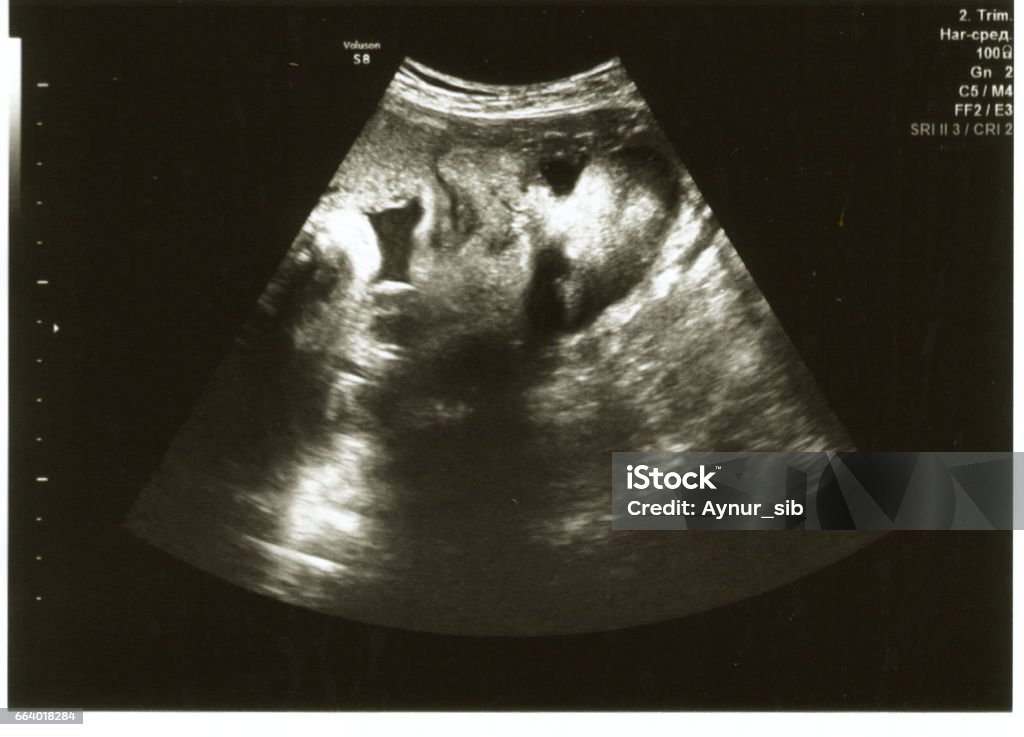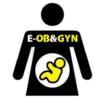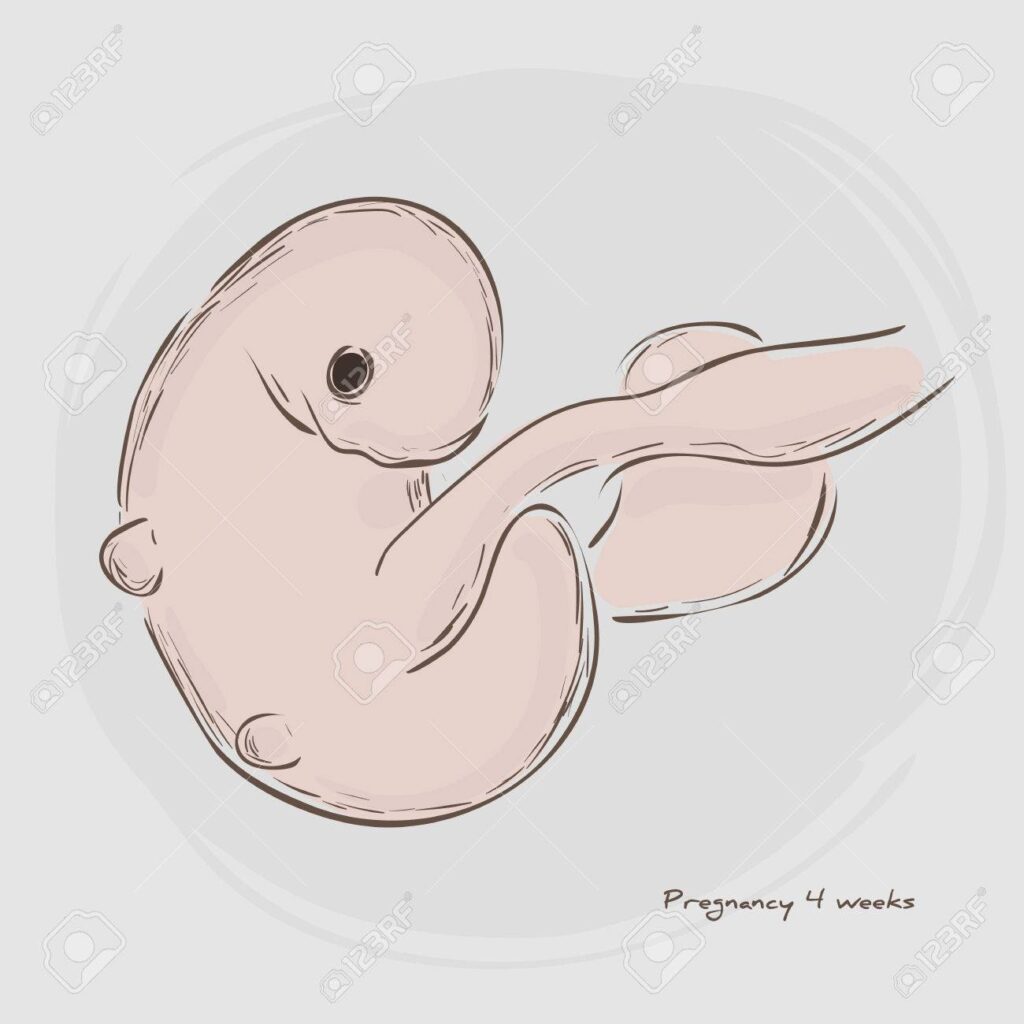33 WEEKS PREGNANT AND BABY DEVELOPMENT

Hello beautiful souls! Welcome back to another exciting chapter of our week-by-week pregnancy journey. Can you believe it? We’ve arrived at the 33rd week of pregnancy! Every week brings its own set of wonders, and this week is no different. As we dive deep into what’s happening inside, let’s explore the intricacies of being 33 weeks pregnant and the magical milestones our little one is achieving. So, grab your favorite cozy blanket, sit back, and let’s embark on this enlightening adventure together!
Your Baby at 33 Weeks:

- Size and Weight: At 33 weeks pregnant, your baby is approximately the size of a pineapple. On average, they weigh about 4 to 4.5 pounds (1.8 to 2 kilograms) and measure around 17 to 18 inches (43 to 46 centimeters) from head to heel. Imagine holding that little pineapple in your arms soon!
- Developed Muscles: One of the fascinating changes is the strengthening of your baby’s muscles. By this week, most of their muscles are well-developed, allowing them to make more defined movements. You might feel those kicks and stretches more prominently now!
- Bone Development: Your baby’s bones continue to ossify and harden, although they remain somewhat flexible to ease the journey through the birth canal later on. The tiny skeletal structure is becoming stronger each day.
- Practice Breathing: A remarkable milestone at 33 weeks is that your baby is practicing breathing movements. While they’re not taking in air, their lungs are preparing for the first breath outside the womb with rhythmic breathing motions.
- Brain and Nervous System: The brain is rapidly developing, with billions of neurons forming intricate connections. This period is crucial for brain growth, and your baby’s nervous system is becoming more sophisticated, allowing for more coordinated movements.
- Appearance: While still gaining some fat to fill out their wrinkled skin, your baby’s overall appearance is becoming more like a newborn. Those adorable chubby cheeks are getting plumper, and the skin is smoothing out as they prepare for their grand entrance into the world.
- Sensory Development: By 33 weeks, your baby’s senses are well-developed. They can hear sounds from the outside world, recognize your voice, and might even respond to familiar sounds or music by moving around. Their vision continues to improve, although it will still be blurry at birth.
As you navigate through week 33 of your pregnancy, marvel at these incredible developments happening within your baby. Each day brings them closer to being ready for the outside world, thanks to the nurturing environment you’ve provided!
Changes in Your Body: 33 Weeks Pregnant Symptoms
- Increasing Size and Weight: At 33 weeks pregnant, your belly continues to expand, reflecting the remarkable growth of your baby. You might notice an increase in your weight, and your abdomen might feel even more prominent. Embrace the beauty of this phase!
- Breathlessness: As your uterus continues to push against your diaphragm, you might experience more pronounced shortness of breath. Taking breaks, practicing deep breathing exercises, and maintaining good posture can help you breathe more comfortably.
- Pelvic Discomfort: The pressure on your pelvis increases as your baby continues to descend into the birth canal. This might lead to increased pelvic discomfort or pressure. Gentle stretches, warm baths, and wearing a maternity support belt can offer relief.
- Braxton Hicks Contractions Intensify: You might notice that Braxton Hicks contractions become more frequent or intense. These practice contractions help prepare your body for labor. Stay hydrated, change positions, and practice relaxation techniques to manage them.
- Swelling Continues: Swelling, especially in your feet, ankles, and hands, may persist or increase. Elevating your legs when resting, avoiding tight clothing, and drinking plenty of water can help reduce swelling.
- Frequent Urination Persists: The pressure on your bladder remains, leading to continued frequent urination. While it can be bothersome, staying hydrated and emptying your bladder completely when you urinate can help.
- Backaches and Postural Changes: Your changing posture and the added weight can contribute to persistent backaches. Practicing good posture, wearing supportive shoes, and using pillows for added lumbar support can alleviate discomfort.
- Fatigue and Sleep Challenges: As you approach the end of your pregnancy journey, fatigue might intensify, making it challenging to find a comfortable sleeping position. Utilizing pillows for support, practicing relaxation techniques, and napping during the day can help you get the rest you need.
- Emotional Changes: Hormonal fluctuations, combined with the anticipation of labor and motherhood, might lead to heightened emotions or mood swings. Surrounding yourself with supportive individuals, practicing self-care, and expressing your feelings can help you navigate this period.
Embracing these changes and symptoms at 33 weeks pregnant signifies your incredible strength and journey through pregnancy. Remember to prioritize self-care, listen to your body, and seek support when needed as you prepare to welcome your precious baby into the world!
Coping Strategies:
- Practice Relaxation Techniques: Engage in relaxation methods such as deep breathing exercises, prenatal yoga, or meditation to help alleviate stress and discomfort. Taking a few moments each day to focus on your breathing can calm your mind, reduce muscle tension, and promote overall well-being.
- Seek Physical Comfort: Invest in supportive maternity wear, such as belly bands or support belts, to alleviate pelvic pressure and backaches. Additionally, using pillows for added lumbar support while sitting or sleeping can help improve your posture and reduce discomfort. Creating a comfortable environment tailored to your needs can significantly enhance your physical comfort during this stage.
- Stay Connected: Surround yourself with a supportive network of family, friends, or fellow expectant mothers. Sharing your experiences, concerns, and emotions with others who understand can provide reassurance, encouragement, and valuable insights. Whether it’s joining a prenatal support group, connecting with loved ones, or seeking guidance from healthcare professionals, staying connected can help you navigate the challenges of 33 weeks pregnant with confidence and positivity.
By incorporating these coping strategies into your daily routine, you can effectively manage the challenges associated with 33 weeks of pregnancy. Remember to prioritize self-care, listen to your body, and embrace the support available to you as you continue this remarkable journey toward motherhood!
33 Weeks Pregnant Belly
As you approach the 33 week, your belly stands as a testament to the incredible journey of pregnancy, showcasing the remarkable growth of your baby. This stage brings noticeable changes in size and shape, emphasizing the rapid development happening within. Embracing these transformations is essential, yet it’s also common to experience increased discomfort due to added pressure on your pelvic region and back. To find relief, consider supportive maternity wear like belly bands or support belts that can alleviate some of the strain. Additionally, using pillows for lumbar support while resting or sleeping can enhance your comfort level significantly. Engaging in gentle stretches or prenatal yoga can help maintain flexibility and ease tension in your abdominal area. Taking moments to connect with your baby through gentle massages or soothing music fosters closeness and relaxation. Every change in your belly symbolizes growth, love, and the impending joy of meeting your little one. Embrace this phase with patience and gratitude, cherishing the intimate bond you’re nurturing.
33 Weeks Pregnant Ultrasound – What to Expect

- Visible Developments: During a 33-week ultrasound, you can expect to see your baby’s features becoming more defined, with clearer facial characteristics, such as chubby cheeks and distinct facial expressions. The baby’s movements might be more coordinated, allowing for glimpses of them sucking their thumb or reacting to external stimuli like light or sound.
- Fetal Position: At this stage, your healthcare provider will check the baby’s position within the uterus, focusing on their head-down position, which is ideal for a smoother delivery. The ultrasound will help determine if the baby is in the cephalic presentation, preparing both you and your healthcare team for labor and delivery.
- Amniotic Fluid Levels: Monitoring the levels of amniotic fluid is crucial during the 33-week ultrasound. Adequate levels of amniotic fluid provide a protective environment for your baby, allowing them to move freely and facilitating lung development. Your healthcare provider will assess whether the levels are within the normal range to ensure optimal fetal growth and well-being.
- Placental Health: The ultrasound will also evaluate the health and position of the placenta, ensuring it continues to provide essential nutrients and oxygen to your baby. Any abnormalities, such as placenta previa or signs of aging placenta, will be closely monitored to ensure proper management and care.
- Fetal Measurements: During the 33-week ultrasound, your healthcare provider will measure your baby’s growth, including their head circumference, abdominal circumference, and femur length. These measurements help assess fetal growth and development, ensuring your baby is progressing as expected.
- Pathological Findings: While most 33-week ultrasounds aim to confirm the baby’s health and development, some pathological findings might require attention. Your healthcare provider will closely examine for any signs of fetal abnormalities, congenital anomalies, or markers that warrant further evaluation or specialized care.
- Cord and Placental Assessment: The ultrasound will assess the umbilical cord’s location and blood flow, ensuring optimal oxygen and nutrient supply to your baby. Additionally, the placental function and position will be evaluated to identify any concerns, such as placental insufficiency, that might impact fetal growth or well-being.
- Recommendations and Follow-Up: Based on the 33-week ultrasound findings, your healthcare provider will provide recommendations and potential interventions, if necessary. This might include additional monitoring, specialized consultations, or creating a tailored birth plan to address any identified concerns.
As you navigate the 33-week ultrasound, remember that it serves as a valuable tool to monitor your baby’s health and development closely. Maintaining open communication with your healthcare provider, asking questions, and understanding the findings will empower you to make informed decisions and ensure the best possible outcome for you and your precious baby.
10 Easy Tips for 33 Weeks Pregnant:
- Stay Hydrated: Drink plenty of water throughout the day to stay hydrated and support your baby’s development. Aim for at least eight glasses daily, adjusting based on your activity level and climate.
- Prioritize Rest: As fatigue may increase during the 33rd week, prioritize restful activities and ensure you’re getting adequate sleep each night. Incorporate relaxation techniques like deep breathing or gentle stretches before bedtime.
- Maintain Good Posture: Focus on maintaining proper posture to alleviate backaches and pelvic discomfort. Use supportive pillows when sitting or sleeping to support your growing belly and maintain spinal alignment.
- Eat Nutrient-Rich Foods: Opt for a balanced diet rich in essential nutrients, including fruits, vegetables, lean proteins, and whole grains. Incorporate foods high in iron, calcium, and folic acid to support your baby’s growth and development.
- Engage in Gentle Exercise: Stay active with prenatal exercises like walking, swimming, or prenatal yoga. These gentle activities can help alleviate aches and pains, boost your mood, and prepare your body for labor.
- Wear Comfortable Clothing: Invest in comfortable maternity wear that accommodates your growing belly and provides adequate support. Choose breathable fabrics and adjustable clothing options to ensure maximum comfort throughout the day.
- Stay Connected: Connect with your partner, family, or friends by discussing your feelings, concerns, and excitement about the upcoming arrival of your baby. Share your pregnancy journey, seek support, and cherish these moments together.
- Prepare for Labor: Begin preparing for labor by attending childbirth classes, creating a birth plan, and familiarizing yourself with labor and delivery processes. Discuss your preferences and concerns with your healthcare provider to ensure a positive birthing experience.
- Monitor Baby Movements: Pay attention to your baby’s movements, kicks, and patterns. If you notice any significant changes or decreased fetal movement, contact your healthcare provider immediately for evaluation and guidance.
- Seek Support: Surround yourself with a supportive network of healthcare professionals, fellow expectant mothers, family, and friends. Attend prenatal appointments, join support groups, and seek guidance or assistance when needed to navigate the 33rd week of pregnancy with confidence and positivity.
By incorporating these easy tips into your daily routine, you can navigate the 33rd week of pregnancy with ease, confidence, and joy. Embrace the journey, prioritize self-care, and celebrate each moment as you prepare to welcome your precious baby into the world!
Commonly Asked Questions About 33 Weeks Pregnant
- Q1: How much weight should I have gained by 33 weeks pregnant?
- A1: By the 33rd week of pregnancy, it’s common for expectant mothers to have gained approximately 22 to 28 pounds on average. However, individual weight gain can vary based on pre-pregnancy weight, metabolism, and specific health considerations. Always consult with your healthcare provider to ensure you’re on track with a healthy weight gain for you and your baby.
- Q2: Is it normal to experience shortness of breath at 33 weeks pregnant?
- A2: Yes, experiencing shortness of breath is common around the 33rd week of pregnancy due to the growing uterus putting pressure on the diaphragm, limiting its ability to expand fully. Practicing good posture, taking breaks, and resting when needed can help alleviate this symptom. If you have concerns about your breathing or experience severe discomfort, consult your healthcare provider for personalized guidance.
- Q3: What should I do if I notice decreased fetal movements at 33 weeks pregnant?
- A3: If you notice decreased fetal movements at 33 weeks pregnant, it’s essential to contact your healthcare provider immediately for evaluation. While some changes in movement patterns are normal as your baby grows and develops, significant or sudden decreases in movements warrant prompt assessment to ensure your baby’s well-being. Your healthcare provider can perform tests, such as a non-stress test or ultrasound, to monitor your baby’s health and movement.
- Q4: How can I prepare for labor and delivery at 33 weeks pregnant?
- A4: To prepare for labor and delivery at 33 weeks pregnant, consider attending childbirth education classes, discussing your birth preferences with your healthcare provider, creating a birth plan, and familiarizing yourself with labor and delivery processes. Engaging in prenatal exercises, practicing relaxation techniques, and maintaining open communication with your healthcare team can help you feel empowered, informed, and prepared for your birthing experience.
- Q5: What dietary considerations should I keep in mind at 33 weeks pregnant?
- A5: At 33 weeks pregnant, focus on maintaining a balanced diet rich in essential nutrients, including fruits, vegetables, lean proteins, whole grains, and dairy products. Ensure adequate intake of iron, calcium, folic acid, and other essential vitamins and minerals to support your baby’s growth and development. Avoiding excessive caffeine, alcohol, and processed foods while staying hydrated with water and nutritious beverages can contribute to a healthy pregnancy diet. Consult your healthcare provider or a registered dietitian for personalized dietary recommendations based on your individual needs and preferences.
33 Weeks Pregnant Checklist
- Prenatal Checkup: Schedule and attend your regular prenatal checkup to monitor your baby’s growth, discuss any concerns, and receive personalized guidance from your healthcare provider.
- Stay Hydrated: Ensure you’re drinking enough water daily to stay hydrated, support your baby’s development, and maintain overall well-being.
- Nutritious Diet: Continue to focus on a balanced diet rich in essential nutrients, including fruits, vegetables, lean proteins, and whole grains, to nourish both you and your baby.
- Rest and Relaxation: Prioritize restful activities, incorporate relaxation techniques, and ensure you’re getting adequate sleep each night to support your physical and emotional well-being.
- Exercise Regularly: Engage in gentle exercises like walking, prenatal yoga, or swimming to stay active, alleviate discomfort, and prepare your body for labor.
- Prepare for Labor: Attend childbirth classes, create a birth plan, and discuss your preferences and concerns with your healthcare provider to prepare for labor and delivery.
- Monitor Fetal Movements: Pay attention to your baby’s movements, kicks, and patterns, and contact your healthcare provider if you notice any significant changes or decreased movement.
- Stay Connected: Connect with your partner, family, and friends, share your pregnancy journey, seek support, and cherish these moments together.
- Dress Comfortably: Invest in comfortable maternity wear that accommodates your growing belly, supports your changing body, and ensures maximum comfort throughout the day.
- Prepare Baby Essentials: Begin gathering essential items for your baby, such as clothing, diapers, blankets, and feeding supplies, and prepare your nursery for your little one’s arrival.
- Stay Informed: Stay updated on prenatal care guidelines, recommended screenings, vaccinations, and prepare any questions or topics to discuss with your healthcare provider.
- Practice Self-Care: Incorporate self-care activities that promote relaxation, reduce stress, and nurture your physical and emotional health during this exciting yet challenging time.
- Pack Hospital Bag: Start packing your hospital bag with essential items for labor, delivery, and postpartum care, including toiletries, comfortable clothing, snacks, and important documents.
- Discuss Maternity Leave: If applicable, discuss maternity leave plans, arrangements, and timelines with your employer to ensure a smooth transition and support during your maternity leave period.
- Seek Support: Surround yourself with a supportive network of healthcare professionals, fellow expectant mothers, family, and friends, and seek guidance or assistance when needed to navigate the 33rd week of pregnancy with confidence and positivity.
By following this checklist, you can navigate the 33rd week of pregnancy with ease, confidence, and joy, ensuring you’re prepared for the beautiful moments ahead with your precious baby.
In Conclusion, at 33 Weeks Pregnant:
As you journey through the 33rd week of pregnancy, it’s evident that both you and your baby are undergoing significant transformations. Your belly continues to grow, showcasing the miraculous life within, while you navigate the joys and challenges of late-stage pregnancy. This period marks a time of increased awareness, as you monitor your baby’s movements, attend regular prenatal checkups, and prepare for the upcoming labor and delivery. Embracing self-care, maintaining a balanced diet, and staying connected with loved ones remain crucial components of your daily routine. As the countdown to your baby’s arrival continues, prioritize rest, relaxation, and preparation to ensure a smooth transition into motherhood.
At 33 weeks pregnant, you’re nearing the final stretch of your pregnancy journey, filled with anticipation, excitement, and preparations. Your baby’s development is reaching remarkable milestones, with visible features, coordinated movements, and preparations for life outside the womb. As you embrace the physical changes, emotional shifts, and nesting instincts, remember to lean on your support network, seek guidance when needed, and cherish these precious moments. The 33rd week serves as a reminder of the incredible strength, love, and resilience you possess as you prepare to welcome your precious baby into the world. Embrace this phase with confidence, positivity, and gratitude, knowing that each day brings you closer to holding your little one in your arms and embarking on the beautiful journey of motherhood.
Coming Up 34 Weeks Pregnant: As you approach the 34th week of your pregnancy journey, get ready to witness some exciting changes for both you and your baby! Your little one is gearing up for their grand entrance, with increased movements, growth spurts, and preparations for their first breath. Meanwhile, you might notice further physical transformations, heightened anticipation, and preparations reaching a peak. Stay tuned for an exciting week ahead, filled with memorable milestones, remarkable developments, and the countdown to meeting your precious baby. Embrace the journey, cherish the moments, and get ready for another incredible week of growth, love, and anticipation!


